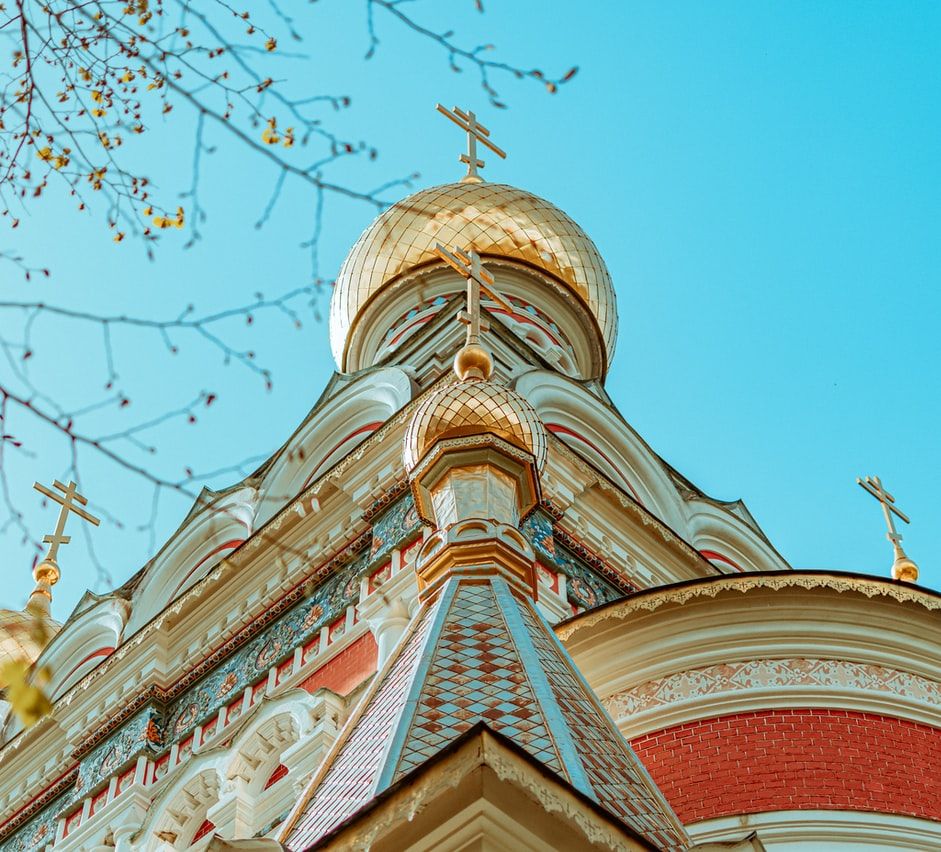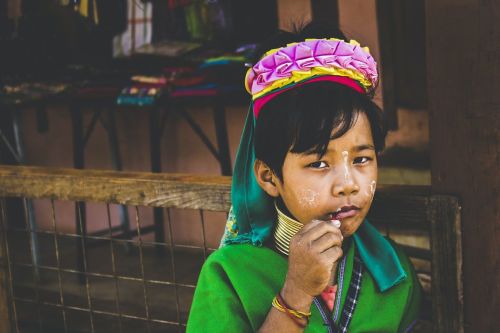Eastern Churches are defined as all Christian Churches that have their roots in the territories of the ancient patriarchates: Constantinople, Alexandria, Antioch and Jerusalem.
The Eastern Churches proper, known as the Orthodox Churches, are divided into three groups formed by different interpretations of the person of Jesus Christ in the light of the Christian faith (Christological dogmas).
Currently, there are sixteen of them. They elect their own primate, whose pastoral jurisdiction depends on a patriarch chosen by a synod. Many of these jurisdictions correspond to the territories of one or more countries - for example, the Moscow Patriarchate corresponds to the territory of Russia and some other post-Soviet states.
They may also include metropolises, bishoprics, parishes, monasteries, and even be outside the country where the patriarch resides. An example is Constantinople, whose jurisdiction is partly in northern Greece and the east. In Bessarabia (part of Moldova and Ukraine), the patriarchs of Bucharest and Moscow jurisdictions overlap.
In the second century, Christianity was forced to choose the way of development - isolation or opening to new ideas. The choice was to further develop by incorporating the achievements of ancient culture into the Christian religion.
Many Eastern bishops did not agree with the Christian primacy of Rome. Conflicts arose between the Eastern and Western Churches, eventually leading to schism.
Underlying the schism between the Eastern and Western Churches were cultural differences between the Eastern and Western parts of the Christian world at the time. The cultural differences were expressed in different approaches to the content of the Gospel. In fact, the differences in the teachings of the Catholic Church and the Orthodox Church are minor.
At one of these synods, held in Orleans in 533, it was determined that women could not participate in the church hierarchy and could not be ordained to the priesthood.
The formation of Orthodoxy was accompanied by heresies (rejection of erroneous religious doctrines) and schisms. It was also accompanied by polemics with numerous religious movements. Its spread began in the eastern Mediterranean within the Greek culture.
The principal truths of faith in Orthodoxy are the statements contained in the Apostolic Creed (the earliest confession of faith of the Catholic Church).
For the Orthodox, the supreme authority in matters of faith is not the pope but the universal council. Soborism in church administration is the main feature that distinguishes Orthodoxy from other denominations.
Another unique feature of the Orthodox Church is that all bishops are equal. The metropolitan or patriarch is "first among equals."
A feature of the external system of the Orthodox Church is autocephaly, or the independence of the local Church as a separate entity that is part of the whole Universal Church. All local Orthodox churches are united by a common faith, common canon law and liturgical worship.
These three persons are distinguished by their relationship to one another. The Father is eternal and uncreated and proceeds from no one. The Son is eternal and proceeds from the Father. The Holy Spirit is eternal and proceeds from the Father (and not "from the Father and the Son" as in Catholicism - a divergence between Orthodoxy and Catholicism).
God is one in three Persons. In God, there is a unity of nature and essence, but a triplicity of Persons: Father, Son and Holy Spirit. The incarnate Jesus Christ is true God and true man. In him is all the fullness of divinity and humanity.
It operates as a community of autocephalous congregations, each governed by its bishops. The Orthodox Church has no central doctrinal or governmental authority analogous to the Head of the Roman Catholic Church, the pope.
The Ecumenical Patriarch of Constantinople is considered primus inter pares ("first among equals") and is regarded as the spiritual leader of many Eastern Christian parishes.
The Orthodox Church teaches that it is the one holy and apostolic Church established by Jesus Christ and that its bishops are the successors of Christ's apostles.
It maintains that it practices the original Christian faith as handed down by sacred tradition.
The Orthodox liturgical year begins on September 1 according to the new calendar and September 14 according to the old. According to both calendars, Pascha (Resurrection of Jesus Christ) - Easter - is the Feast of All Feasts.
In the matter of Easter, the Orthodox Church remained faithful to the recommendations of the Council of Nicea of 325 years. According to its recommendations, the Christian Pascha cannot be celebrated before the Old Testament Pascha nor concurrently with it. The succession of Testaments must be preserved - the fulfillment of the Old, followed by the celebration of the New, as the fulfillment of prophecies and archetypes through the Resurrection of the Savior.





